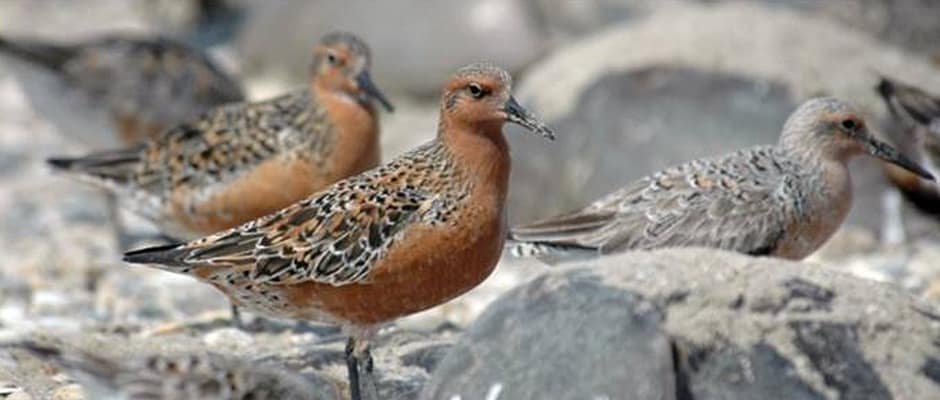
The U.S. Fish and Wildlife Service (FWS) announced last week that it has listed the rufa red knot (Calidris canutus rufa) as threatened under the Endangered Species Act. The announcement marks the first time that a species has been officially listed primarily due to threats induced by climate change.
The population of red knots has dropped by about 75 percent since the 1980s, but different groups disagree whether the main cause is the loss of an important food source or changes in the timing of migratory pit stops.
The migratory shorebird travels 9000 miles every year from breeding grounds in the Canadian Arctic to wintering habitats in the U.S., Caribbean, and South America. The red knot stops en masse on several spots along the U.S. Atlantic coast, most notably on Delaware Bay, to feed on horseshoe crab eggs. It is estimated that 90 percent of the red knot population can be present on the Bay in one day.
The population of horseshoe crabs along the shores of Delaware and New Jersey, an essential food source for the shorebirds, is harvested for use as bait and biomedical research purposes. Some groups contend that horseshoe crab harvest should be more restricted to protect one of the bird’s essential food sources. FWS disagreed and determined that the fishery is well managed and that there are plenty of eggs for the red knots to feed on, but federal protection is needed because climate change is disrupting the synchronous timing of when the birds arrive and when the crabs lay their eggs.
FWS is set to propose a critical habitat designation for the species by the end of 2015.
Sources: Environment and Energy News (December 9, 2014), Federal Register (December 11, 2014)



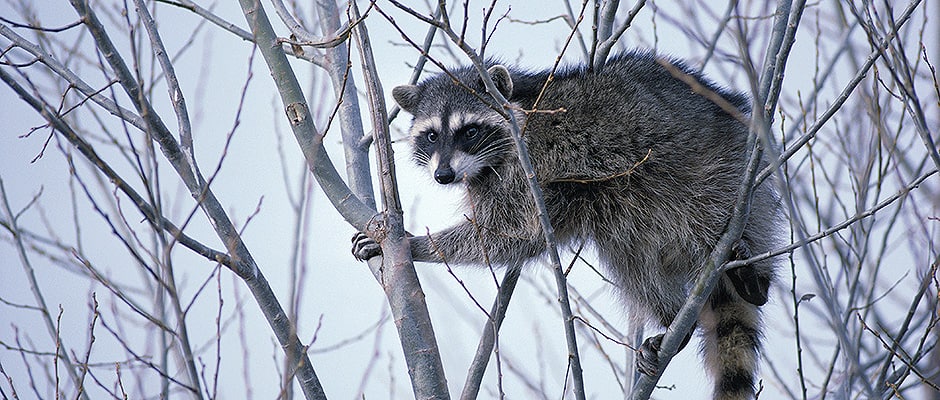
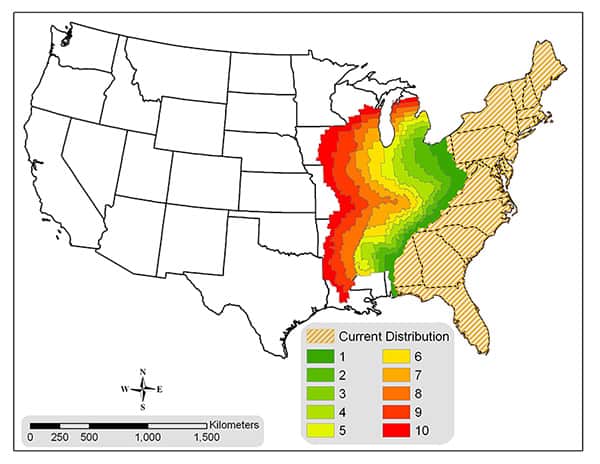
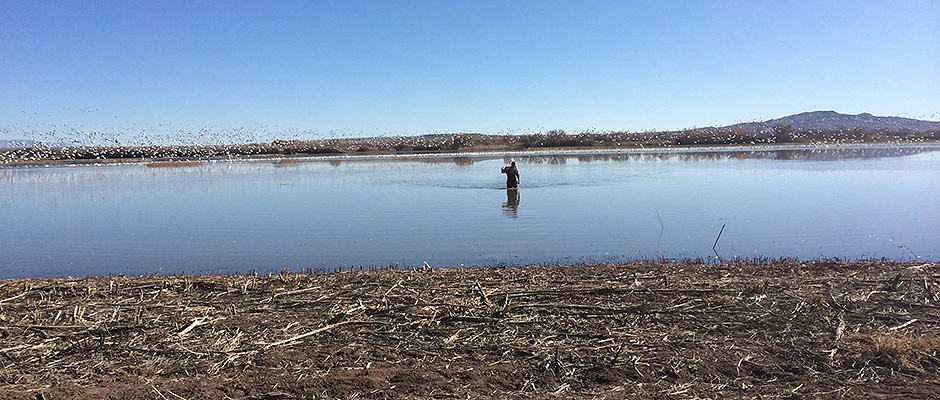
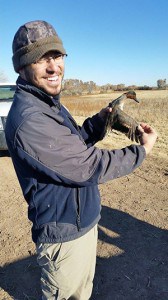
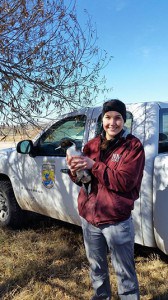
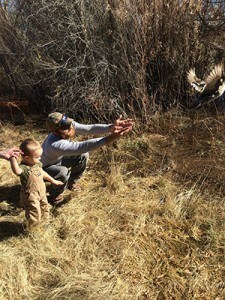
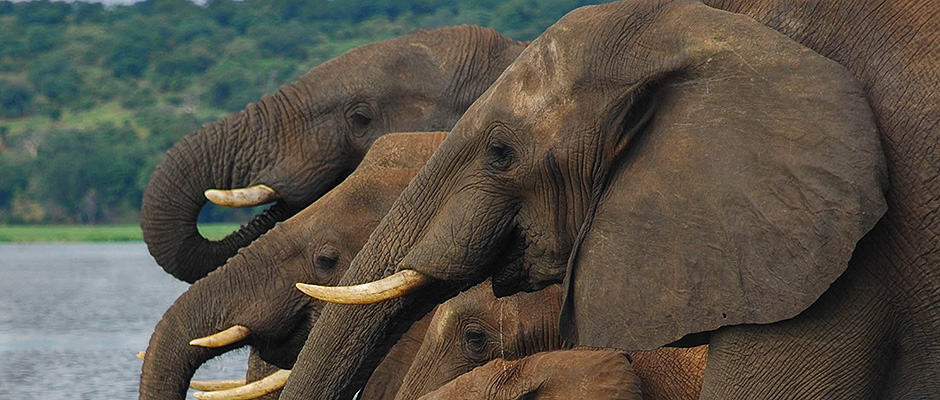

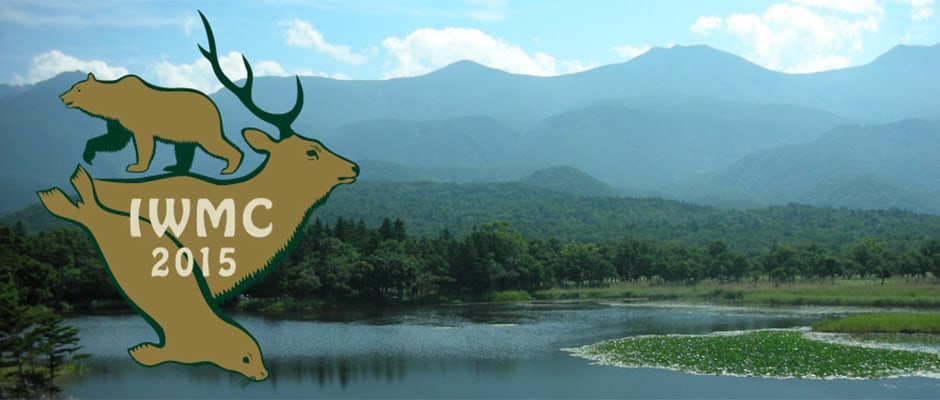
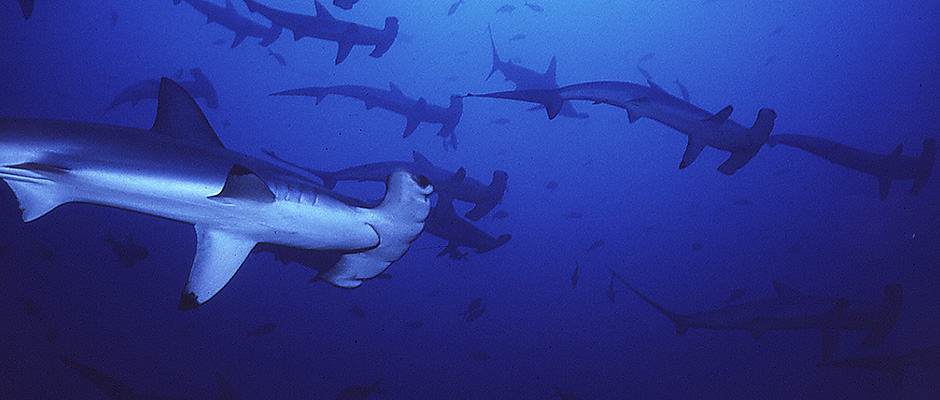
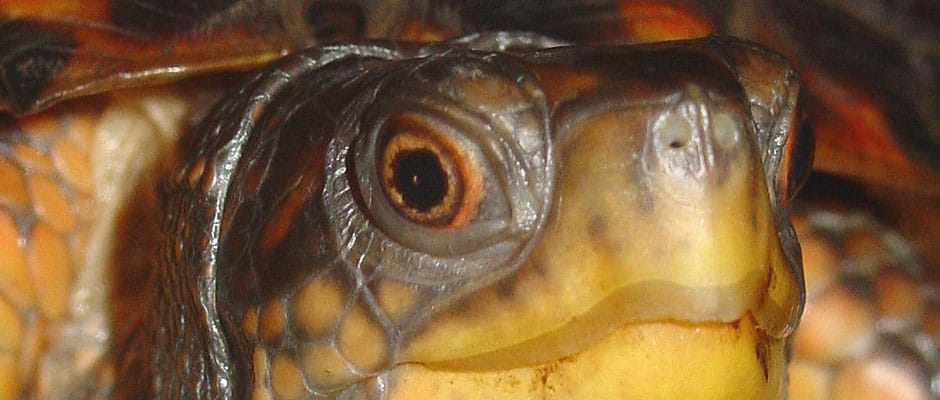
 With a donation of at least $100, you can participate in a pivotal effort that is having a significant impact on the future of The Wildlife Society by becoming a member of The 1,000 today.
With a donation of at least $100, you can participate in a pivotal effort that is having a significant impact on the future of The Wildlife Society by becoming a member of The 1,000 today.
